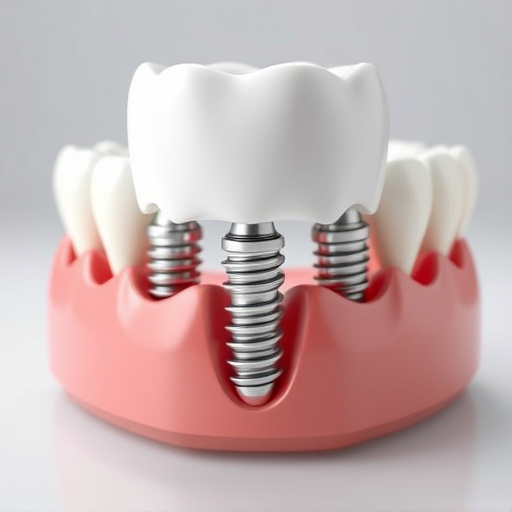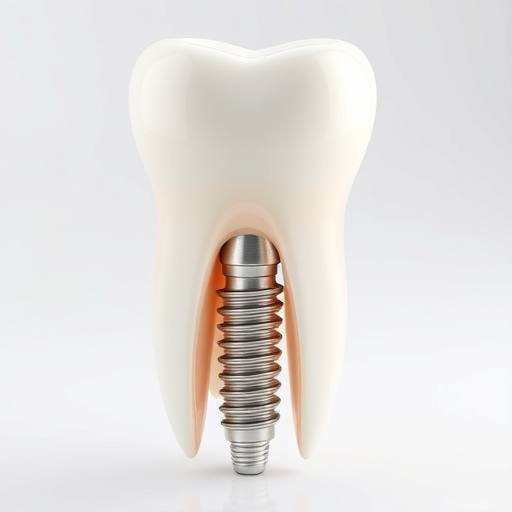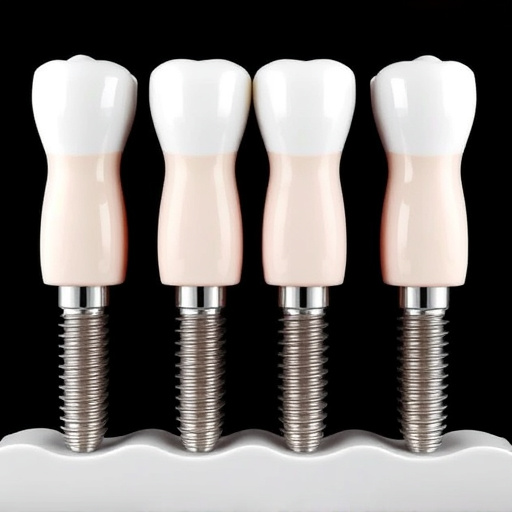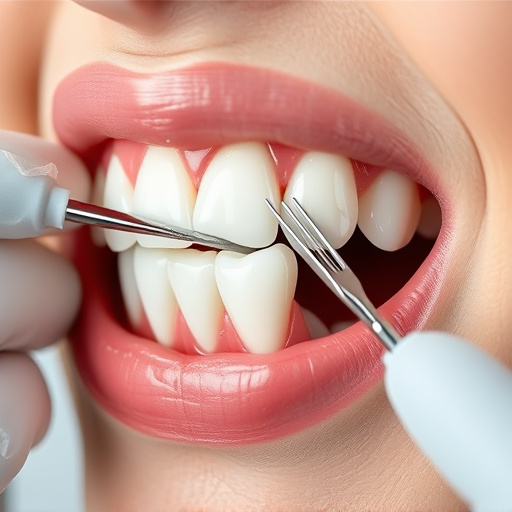Oral surgery procedures range from simple teeth cleaning to complex treatments like dental implants and clear aligner therapies, with varying comfort levels based on complexity and individual factors. Younger patients often experience higher anxiety and sensitivity. Anesthetics are crucial for managing pain, offering options from local to general for different procedures. Post-surgical care, including ice packs, medication, and dietary guidance, is essential for healing and comfort, particularly after dental crowns.
Are oral surgery procedures a source of anxiety due to concerns about pain? Understanding the comfort levels associated with these procedures is key. This article delves into the factors influencing pain perception during and after oral surgeries, offering insights that can alleviate fears. From anesthetic options to post-surgical care, discover how to manage discomfort effectively. By exploring these aspects, patients can approach oral surgery with confidence, knowing what to expect and how to ensure a more comfortable experience.
- Understanding Oral Surgery Procedures and Their Comfort Level
- Factors Affecting Pain Perception During and After Surgery
- Managing Discomfort: Anesthetic Options and Post-Surgical Care
Understanding Oral Surgery Procedures and Their Comfort Level

Understanding Oral Surgery Procedures and Their Comfort Level
Oral surgery procedures encompass a wide range of treatments designed to improve oral health, restore functionality, and enhance aesthetic appeal. These procedures vary from simple teeth cleaning and scaling to more complex operations like dental implants and clear aligner treatments. The comfort level associated with these surgeries can be quite different for each individual, largely depending on the procedure’s nature and one’s personal tolerance for pain.
While some oral surgery procedures, such as teeth cleaning, are generally considered relatively painless, others may involve significant discomfort. Dental implants, for instance, require surgical placement of artificial tooth roots into the jawbone, a process that can cause post-operative pain and swelling. In contrast, clear aligner treatments, often used for orthodontic correction, are less invasive and typically result in minimal discomfort compared to traditional metal braces or complex oral surgeries.
Factors Affecting Pain Perception During and After Surgery

The perception of pain during and after oral surgery procedures can vary significantly from person to person, influenced by several factors. Age, for instance, plays a role, with younger individuals often reporting higher levels of anxiety and sensitivity, which can impact their overall experience. Psychological factors like fear and expectations can also intensify the sensation of pain. The complexity of the procedure itself is critical; more intricate oral surgery procedures tend to evoke greater discomfort due to the manipulation of delicate tissues and structures.
Other considerations include a patient’s tolerance for numbness caused by local anesthetics, previous experiences with surgery or dental work, and the use of certain medications that can either enhance or diminish pain sensitivity. Additionally, the type of restorative dentistry techniques employed, such as dental bonding or tooth repair, can affect comfort levels, with modern advancements in technology and anesthesia often aiming to minimize post-operative discomfort.
Managing Discomfort: Anesthetic Options and Post-Surgical Care

Managing discomfort is a key aspect of ensuring comfort during and after oral surgery procedures. Anesthetics play a pivotal role in numbing the treatment area, significantly reducing pain perception. Modern dental practices offer various anesthetic options tailored to different procedures. Local anesthetics are commonly used for minor surgeries, providing effective pain relief without altering consciousness. For more complex procedures, general anesthesia may be administered, ensuring the patient is completely sedated and unaware of the operation.
Post-surgical care is equally important in managing discomfort. Patients often experience some level of swelling and bruising, which can be managed with ice packs and medication prescribed by their dentist or oral surgeon. Comprehensive dental care includes not just the procedure but also guiding patients through the healing process to ensure comfort and address any concerns. General dentistry practices emphasize the importance of aftercare instructions, including proper hygiene and diet recommendations, to facilitate a smooth recovery, especially for dental crowns procedures.
Oral surgery procedures can vary greatly in comfort level, depending on several factors. Understanding these procedures and what influences pain perception is key to managing discomfort effectively. By utilizing modern anesthetic options and adhering to proper post-surgical care, patients can achieve greater comfort during and after these essential oral surgery procedures. Remember, open communication with your dental professional is vital for tailoring a care plan that suits your unique needs.














